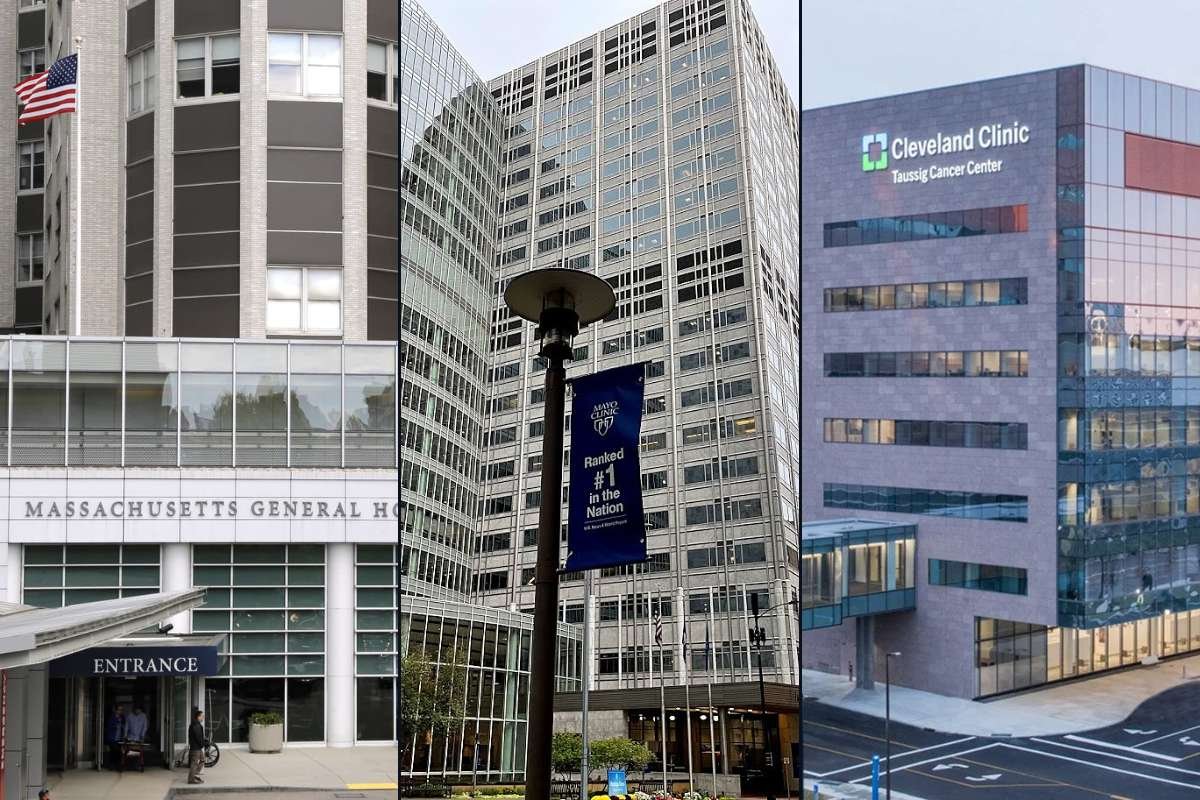Left Upper Quadrant Pain can be an alarming symptom, often causing individuals to seek medical attention promptly. Located beneath the ribs on the left side of the abdomen, this type of pain can have various underlying causes, ranging from benign to severe. In this comprehensive guide, we delve into the intricacies of Upper Left Quadrant Pain, exploring its potential causes, symptoms, diagnostic approaches, and treatment options.
What is Left Upper Quadrant Pain?
Upper Left Quadrant Pain refers to discomfort or pain experienced in the upper-left section of the abdomen, beneath the ribs. It encompasses a wide array of potential causes, including those related to the organs in this region, such as the stomach, spleen, pancreas, left kidney, and left lung, as well as issues with the ribs, muscles, or nerves.
Causes of Left Upper Quadrant Pain:

- Gastric Ulcers: Ulcers in the stomach lining can lead to sharp, burning pain in the left upper quadrant.
- Pancreatitis: Inflammation of the pancreas can cause severe, persistent pain in the upper abdomen, often radiating to the back.
- Splenic Disorders: Conditions affecting the spleen, such as splenic infarction or enlargement, can result in upper left quadrant pain.
- Gastritis: Inflammation of the stomach lining due to infection or irritation can cause discomfort in the upper abdomen, often accompanied by nausea or vomiting.
- Musculoskeletal Issues: Strained muscles, rib fractures, or conditions like costochondritis (inflammation of the cartilage connecting the ribs to the breastbone) can manifest as left upper quadrant pain.
Symptoms Associated with Left Upper Quadrant Pain:
- Sharp or Dull Pain: The pain may vary in intensity and character, ranging from sharp and stabbing to dull and achy.
- Nausea and Vomiting: Some individuals may experience nausea, vomiting, or a feeling of fullness in the upper abdomen.
- Fever and Chills: In cases of infection or inflammation, fever and chills may accompany the pain.
- Difficulty Breathing: Pain in the left upper quadrant may worsen with deep breathing or exertion, indicating possible involvement of the lungs or diaphragm.
- Changes in Bowel Habits: Certain gastrointestinal conditions associated with quadrant pain may cause alterations in bowel movements, such as diarrhea or constipation.
Diagnostic Evaluation:

When evaluating Upper Quadrant Pain, healthcare providers may employ various diagnostic tests and procedures to identify the underlying cause. These may include:
- Physical Examination: Assessment of vital signs, palpation of the abdomen, and evaluation of other associated symptoms.
- Imaging Studies: Such as ultrasound, CT scan, or MRI to visualize the abdominal organs and identify any abnormalities.
- Laboratory Tests: Blood tests to assess for signs of infection, inflammation, or abnormalities in organ function.
- Endoscopic Procedures: Such as upper endoscopy or colonoscopy, to directly visualize the gastrointestinal tract and obtain tissue samples if necessary.
Treatment Approaches:

Treatment for Upper Left Quadrant Pain depends on the underlying cause and may include:
- Medications: Such as proton pump inhibitors for gastric ulcers, pain relievers for musculoskeletal issues, or antibiotics for infections.
- Lifestyle Modifications: Including dietary changes, stress reduction techniques, and avoidance of triggering factors.
- Surgical Intervention: In cases of severe or life-threatening conditions, surgery may be necessary to address underlying issues such as gallstones or organ rupture.
- Physical Therapy: For musculoskeletal causes of pain, physical therapy exercises and techniques may help improve strength, flexibility, and pain management.
Frequently Asked Questions (FAQs):
Q1: Can the Pain be a sign of a heart attack?
A1: While most heart attacks present with chest pain or discomfort, in some cases, particularly in women, heart-related pain may manifest as discomfort in the upper abdomen or left shoulder. If you experience sudden, severe pain in the left upper quadrant accompanied by other symptoms like shortness of breath, sweating, or chest discomfort, seek immediate medical attention.
Q2: What dietary changes can help alleviate Left Upper Quadrant Pain associated with gastritis or gastric ulcers?
A2: Avoiding spicy foods, acidic beverages, alcohol, and caffeine can help reduce irritation to the stomach lining. Opting for a bland diet rich in fruits, vegetables, lean proteins, and whole grains may also be beneficial.
Q3: When should I seek medical attention for Upper Left Quadrant Pain?
A3: If you experience persistent or severe upper left quadrant pain, especially if it is accompanied by other concerning symptoms such as fever, vomiting, or difficulty breathing, it is important to seek prompt medical evaluation to determine the underlying cause and initiate appropriate treatment.
Q4: Can Left Upper Quadrant Pain be a symptom of cancer?
A4: While less common, certain cancers affecting the organs in the left upper quadrant, such as pancreatic cancer or lymphoma, may present with abdominal pain as one of the symptoms. It is essential to consult a healthcare professional for proper evaluation if you have persistent or unexplained abdominal pain.
Q5: Are there any preventive measures to reduce the risk of Left Upper Quadrant Pain?
A5: Maintaining a healthy lifestyle, including a balanced diet, regular exercise, stress management, and avoidance of smoking and excessive alcohol consumption, can help reduce the risk of various conditions that may cause left upper quadrant pain.
Conclusion
In conclusion, Left Upper Quadrant Pain can stem from a myriad of underlying causes, necessitating thorough evaluation and appropriate management. Timely medical assessment, accurate diagnosis, and tailored treatment approaches are crucial in alleviating symptoms and addressing the root cause of the pain. If you experience persistent or severe left upper quadrant pain or any concerning symptoms, do not hesitate to seek medical attention for proper evaluation and guidance.







